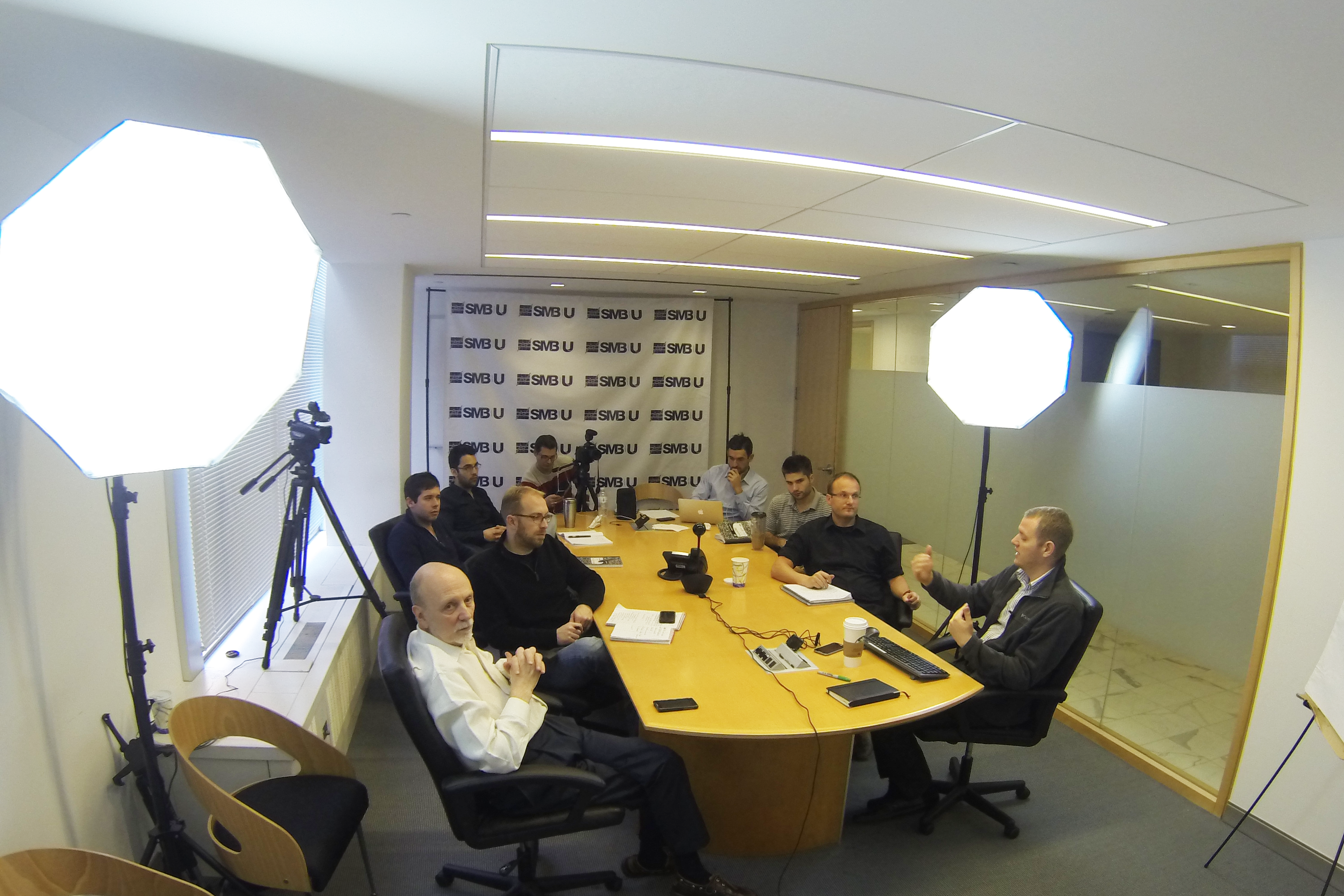Is volatility good or bad?
Let’s look at it from the perspective of run ups—potential gains, and drawdowns—potential losses. And let’s not forget real gains and real losses. Never take your eye off the ball on what we are trying to do, which is to build a trading system that is statistically reliable so that over hundreds, or even thousands of trades, we know the most likely outcome. Not the outcome of the next trade or the next ten trades, but the long-term expectation.
First the good side: run ups. The bigger the better, but the real test is how much do we capture, and shouldn’t we shoot for 100% as a goal? It sounds good, but in trend-following systems, we have to give some back by definition. After all, we don’t know that the trend is over until in fact we start to give back some of that juicy run up. On the other hand, in a mean-reversion system, the run ups are going to be small, and we should be able to capture a much larger percentage.
And the run ups’ evil twin: drawdowns. Small is good, and close to zero is better. In a trend-following system, we will likely have more losers than winners, and the drawdowns will most likely be smaller than the run ups. But in a mean-reversion system, just the opposite is true. Drawdowns will almost always be larger then run ups—and oftentimes much larger.
So how do we look at this question: is this type of volatility good or bad? And the answer lies in the statistics themselves. There are three primary metrics that we look at:
1) How big is the largest winning trade as a percent of the gross profit? If it is more than a few percent, then it throws all the statistics out of whack, so let’s just say that anything over 5% is a warning sign. Ditto on the drawdown front. If the largest losing trade is greater than 5% of the gross loss, it means that there are more like that lurking, only to be discovered once you are using real money.
2) We always take a look at what we call the modified T-test. The original T-test inflates its results as the number of tests reaches into the hundreds and thousands, so we normalize it by using the simplification of average trade divided by the standard deviation of the trades. To be sure, you need at least 30 trades for this to be statistically relevant, but you don’t need thousands, or even hundreds. If the ratio is 17% or better, then your trading system has the makings of a black box, but if it is below 13%, you might as well throw it away and start over. Between 13%–17%, it’s worth some additional work to see if you can achieve the 17% threshold.
3) But even if all that works, you still have to deal with the largest cumulative drawdown. It’s not good enough to see that your average trade drawdown is 1%, and the largest ever in your test was 3%. If you have ten of those 1%-ers in a row, you are down 10% which is simply too high if you are considering an intraday system and/or using any leverage. If you are considering leverage, the largest cumulative drawdown simply has to be less than 2%. But even that’s not enough. A 2% drawdown with a system that only delivers let’s say 5% over the test period doesn’t make the cut. So, in addition to the absolute drawdown, we also look at the total return divided by the maximum cumulative drawdown, and if it is less than 300%, it means back to the drawing board. And if it reaches 500%, then we know we are on to something good.
Volatility can be your friend, but only if you have a system that caps the drawdowns without giving away all the upside. It won’t come easily, but at the end of the day the statistics tell the tale. Your system is statistically viable or it’s not, and if it’s not, start over. Otherwise you are on your way to losing all your money.
Andrew Falde
No relevant positions


One Comment on “Step Four of Systems Success: Volatility”
Nice article! I agree strongly that having tight stop losses is important in momentum trading. When setting your deviation “allowance” on a particular trade do you typically account for the effect on overall portfolio variance? As a day-trader myself, I have found it hard to maintain any sort of efficient portfolio (even on an inverse log curve) and allow each trade to have the same relative amount of downside risk. I guess what I am asking is, do you focus on portfolio variance AND trade variance, if so how?